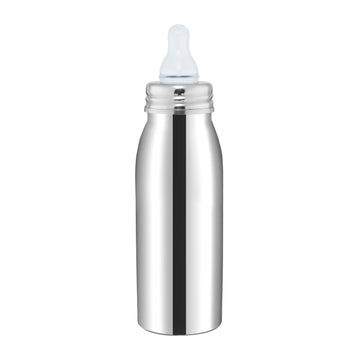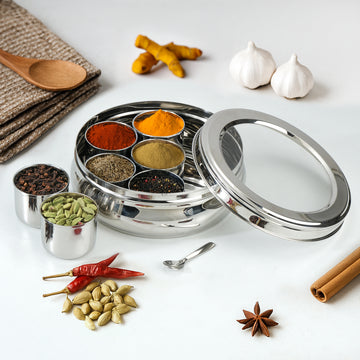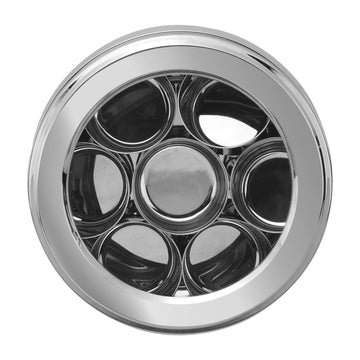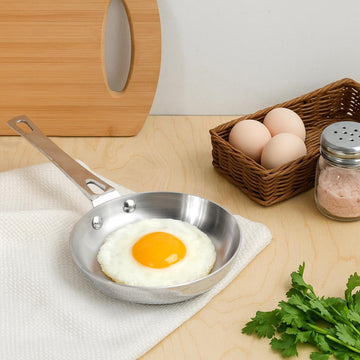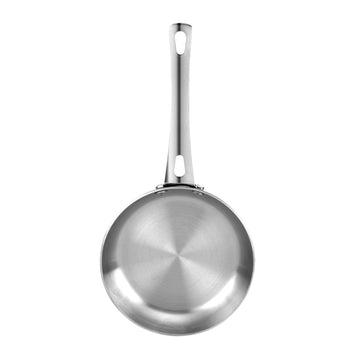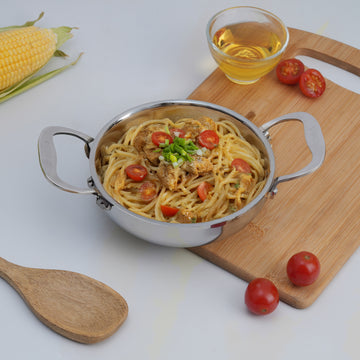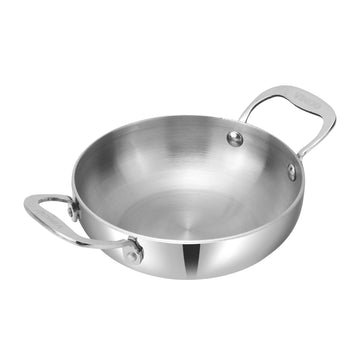How to use a Steamer?

Steaming food is the most straightforward way of cooking without sacrificing nutrients or adding extra fat. It is comparatively a healthier way to cook vegetables, meats, and seafood. Also, steaming food is the easiest way to prepare your food after a long hard day at work.
Steaming food involves very basic steps. Bring water to boil and let the steam cook the food. While this seems very simple and despite the nutritional and cooking advantages, steaming is a technique that chef and home cooks are not familiar with. If they are familiar, then they still struggle to include steaming as a cooking method in their daily life. This is where a kitchen steamer comes in handy.
Steamers are one of the most versatile and efficient kitchen tools, helping you prepare healthy meals while preserving nutrients, flavours, and textures. With a steamer, you can cook a variety of dishes—from vegetables and seafood to dumplings and even desserts—without the need for excess oil or fats. If you are new to using a kitchen steamer, this guide will walk you through everything you need to know, from basic operation to tips on getting the best results.
What is a Steamer?
A kitchen steamer, like the ones available on Vinod Cookware, is typically a multi-layered pot designed to cook food using steam. It usually consists of a water reservoir at the base and one or more perforated trays stacked above it, where the food is placed. The water boils, creating steam that rises and cooks the food in the trays without direct contact with water. This method is ideal for retaining nutrients and natural flavours while keeping the texture light and delicate.
Step-by-Step Guide to Using a Steamer
- Choose Your Steamer
Steamers come in different sizes and materials. You can choose from stainless steel steamers, bamboo steamers, or electric steamers, depending on your needs and preferences. Stainless steel steamers, like the ones from Vinod Cookware, are durable, easy to clean, and distribute heat evenly, making them ideal for a range of dishes. They come with a tempered glass lid with a steam release vent that aids faster cooking and makes monitoring your food easy.
- Add Water to the Base Pot
Start by filling the bottom pot or water reservoir with enough water. As a general rule, fill it about one-third to half full. However, the amount of water depends on the size of the steamer. Make sure the water level is below the perforated tray where your food will be placed. If the water is too high, it might touch the food, which can cause overcooking or alter the texture.
- Preheat the Steamer
Turn on the heat and bring the water to a boil before placing the food inside. Preheating helps create a constant flow of steam, ensuring even cooking from the start.
- Prepare the Food
While the water is heating, prepare the food you're about to steam. Cut larger items like vegetables or meat into uniform sizes to ensure even cooking. For delicate items like fish or dumplings, consider using parchment paper or a cabbage leaf to prevent sticking to the steamer basket.
- Place the Food in the Steamer
Once the water is boiling and producing steam, place your food on the perforated tray(s) without overcrowding the food. Allow the steam to circulate freely around the food for even cooking. If you're using a multi-tiered steamer, place food that requires a longer cooking time in the bottom tray, closer to the steam source, and items that cook faster in the top tier.
- Monitor Cooking Time
The beauty of steaming is that it’s a relatively hands-off cooking method. However, different foods have different cooking times. Vegetables like broccoli and carrots typically take 5-10 minutes, while fish can take 10-15 minutes. Chicken and other meats may require 20-30 minutes, depending on the cut and thickness.
- Turn Off the Heat and Serve
Once the food is done, turn off the heat and carefully remove the food from the steamer using tongs or a spatula. If you're using a multi-tiered steamer, it’s a good idea to remove the top trays first, as they will have finished cooking sooner.
Whether you're cooking vegetables, proteins, khandvi, or modaks, a kitchen steamer is an invaluable tool. Consider exploring the range of steamers at Vinod Cookware to find the perfect fit for your kitchen needs.



